5 Bodyweight Moves That Build Core Power Faster Than Planks After 40
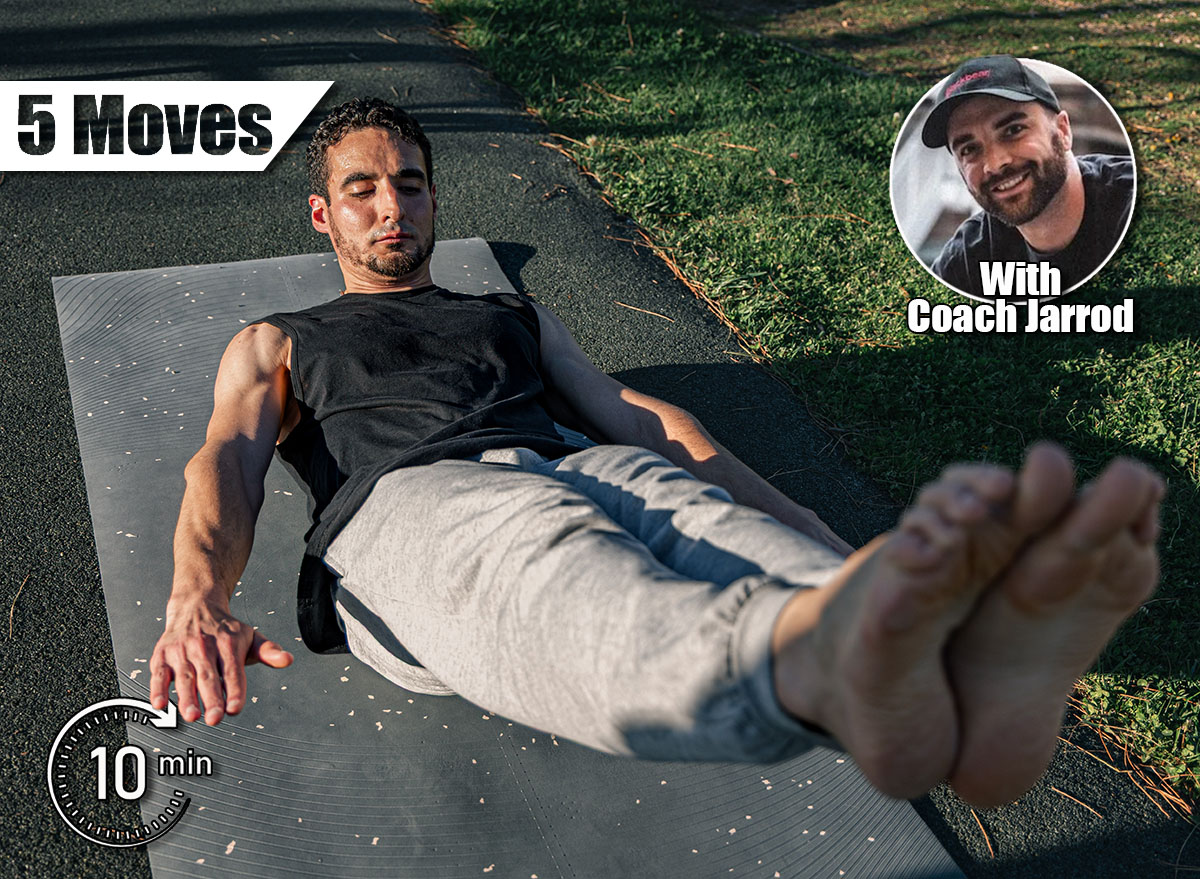
Planks deserve credit. They’re simple, effective, and excellent for teaching your body how to brace and stabilize through the trunk. If you’re over 40 and working on building a strong foundation, planks should be part of the mix. They help reinforce proper posture, train deep abdominal control, and teach the kind of tension that carries over into nearly every other exercise.
But once you’ve got the basics down, it’s time to push further. Your core is built to resist movement, control force, and produce power. That’s where many bodyweight exercises outperform planks. They require coordination, timing, and full-body control. And when done right, they target your abs in ways that planks simply don’t.
After 40, building core power becomes a strategy for moving better, staying injury-free, and performing well in the gym or daily life. The key is choosing moves that challenge your core through movement and dynamic control. These exercises light up your midsection and build real-world strength.
Below are five of the best bodyweight exercises to build core power faster than standard planks. Each one helps you level up from static holds into powerful, functional movement.
5 Bodyweight Moves That Build Core Power After 40
Move #1: Hollow Holds
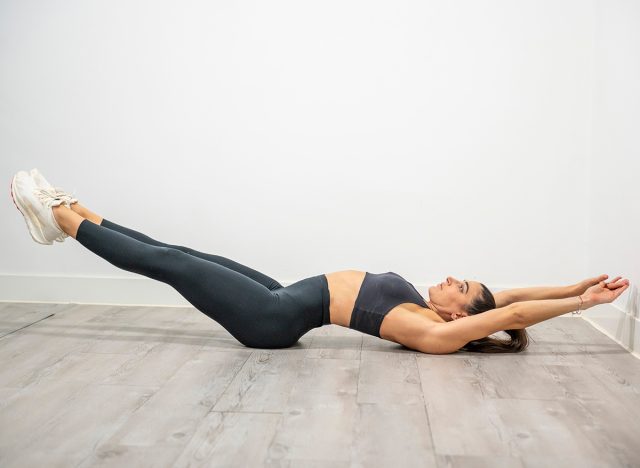
Hollow holds are a gold standard for core strength and body control. They teach you how to engage your entire core in a compact, stable position while fighting to stay rigid under tension. This is the same kind of control used in gymnastics and advanced calisthenics, and it carries over into nearly every other movement that demands spinal stability.
Muscles Trained: Rectus abdominis, transverse abdominis, hip flexors, quads
How to Do It:
- Lie on your back with arms extended overhead and legs straight.
- Press your lower back into the floor by bracing your core.
- Lift your legs a few inches off the floor while raising your shoulders off the ground.
- Keep arms and legs extended and tight.
- Hold this position while keeping your core fully engaged.
Recommended Sets and Reps: Perform 3 sets of 20 to 40 second holds. Rest 60 seconds between each set.
Best Variations: Hollow rocks, tuck hollow holds, arm and leg taps
Form Tip: Keep your lower back pressed into the floor the entire time. If your back arches, reset or modify.
Move #2: V-Ups
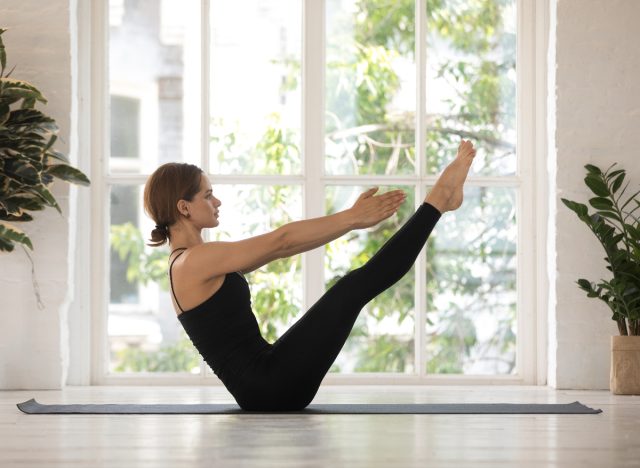
V-ups train your core through explosive movement and coordinated timing. Unlike a plank, this exercise builds strength while forcing your upper and lower body to move as one unit. That teaches your core to generate power through a full range of motion, which improves both athleticism and abdominal control.
Muscles Trained: Rectus abdominis, hip flexors, obliques
How to Do It:
- Lie on your back with arms extended overhead and legs straight.
- Brace your core and simultaneously lift your arms and legs toward each other.
- Reach your hands toward your toes, forming a V shape at the top.
- Lower your arms and legs with control to the starting position.
- Repeat each rep with precision and steady movement.
Recommended Sets and Reps: Knock out 3 sets of 10 to 15 reps. Rest 60 seconds between each set.
Best Variations: Single-leg V-ups, toe touches, tuck-ups
Form Tip: Exhale as you lift to engage your core and avoid pulling with your neck.
Move #3: Dead Bugs
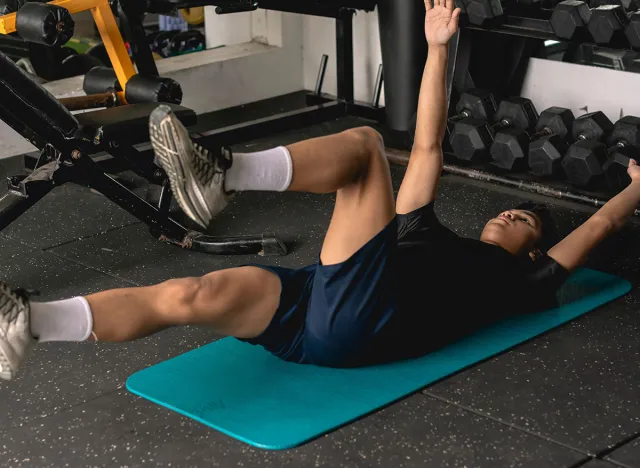
Dead bugs teach anti-extension and anti-rotation, two key functions of a strong core. As you move your arms and legs in opposition, your core has to stabilize and resist movement through the spine. It’s a highly effective way to build dynamic control and reinforce proper bracing patterns.
Muscles Trained: Transverse abdominis, rectus abdominis, obliques, hip flexors
How to Do It:
- Lie on your back with arms extended toward the ceiling and knees bent at 90 degrees.
- Brace your core and press your lower back into the floor.
- Slowly lower your right arm and left leg toward the floor at the same time.
- Return to the starting position and repeat on the opposite side.
- Maintain tension in your core throughout the movement.
Recommended Sets and Reps: Perform 3 sets of 10 reps per side. Rest 45 seconds between each set.
Best Variations: Wall dead bugs, band-resisted dead bugs, straight-leg dead bugs
Form Tip: Move slowly and control the descent. If your back arches, reduce your range of motion.
Move #4: Mountain Climbers
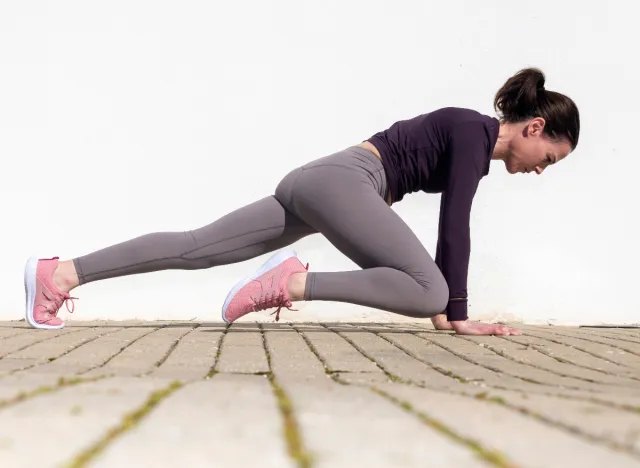
Mountain climbers add a conditioning element while challenging your core to stay tight and resist rotation. They build power through repetition and force you to stabilize through the shoulders and midsection under speed. This makes them a solid upgrade from static holds like planks.
Muscles Trained: Rectus abdominis, hip flexors, obliques, shoulders
How to Do It:
- Start in a high plank position with your hands directly under your shoulders.
- Drive one knee toward your chest while keeping the other leg extended.
- Quickly switch legs, alternating in a smooth rhythm.
- Keep your hips low and your core tight the entire time.
- Continue for the complete set with control and pace.
Recommended Sets and Reps: Perform 3 sets of 30 to 45 seconds. Rest 30 seconds between each set.
Best Variations: Cross-body mountain climbers, slow mountain climbers, shoulder-tap climbers
Form Tip: Focus on driving from your core, not just flailing your legs. Stay low and strong through the shoulders.
Move #5: Reverse Crunches
Reverse crunches zero in on your lower abs and help develop control from the bottom up. Unlike traditional crunches, which often strain the neck or hip flexors, reverse crunches keep the focus on your deep abdominal muscles. They’re handy for building power through the lower core, which supports spinal alignment and pelvic control.
Muscles Trained: Lower rectus abdominis, transverse abdominis, hip flexors
How to Do It:
- Lie on your back with knees bent and feet flat on the floor.
- Place your arms at your sides for support.
- Lift your knees toward your chest while curling your hips off the ground.
- Slowly lower your legs back down with control.
- Avoid swinging or using momentum.
Recommended Sets and Reps: Knock out 3 sets of 12 to 15 reps. Rest 45 seconds between each set.
Best Variations: Reverse crunch with leg extension, pulse crunches, bent-leg raises
Form Tip: Focus on curling your hips up, not just pulling your knees in. Keep your upper body relaxed.
The Best Advice For Building Core Power With Bodyweight Exercises
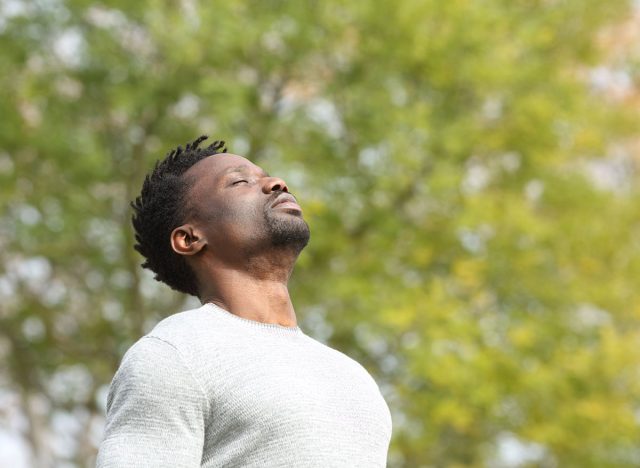
Core power comes from training your body to move with control, produce force, and resist unwanted movement. These five bodyweight exercises help you do just that, without any equipment.
- Choose movements that challenge you through motion, not just stillness
- Keep your core braced and active on every rep
- Prioritize quality over quantity
- Breathe with purpose to reinforce tension and control
- Train consistently two to three times per week
Looking for more easy ways to lose fat? Here’s How Long Your Walking Workout Should Be To Shrink Belly Fat.